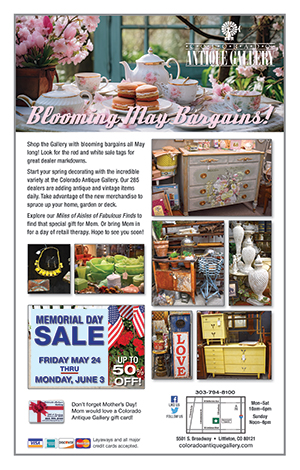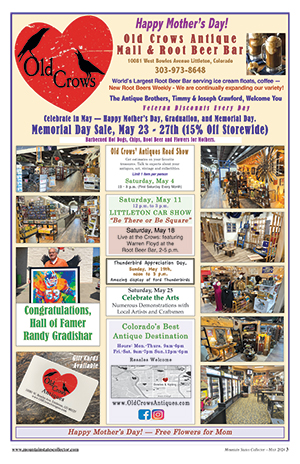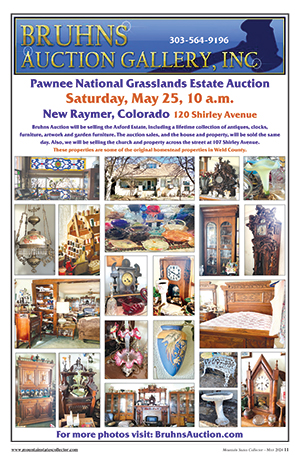 By Mel Tharp
By Mel Tharp The harmonica has frequently been called the “musical instrument of the common man.” I think this was especially true in earlier times. The image of the cowboy, farmer, hobo, or some itinerant musician playing a doleful melody on the mouth harp is part of our folk culture.
Little is known about the early history and development of the harmonica. One common myth has it that Benjamin Franklin invented it. Actually, Franklin invented the “armonica,” an instrument consisting of a series of glass discs revolving in a trough of water, supplied by a foot treadle.
A claim made by one historian is that the harmonica was known in the 16th century. He points out that in one of Shakespeare’s plays, a character remarks: “Place this little instrument to your lips. You will find its ventricles produce sweet music.” Students of Shakespeare, however, say the Bard of Avon was referring to the Grecian syrinx, or pipes of Pan.
Chinese Emperor Huang Ti is also credited with having invented a bamboo instrument called a sheng which could produce a five-tone scale, but the harmonica we know is almost certainly of European origin. Although researchers differ on the circumstances, most authorities feel it was the brainchild of a German clockmaker named Freidrich Buschmann who worked in 1821 Berlin.
 English historians believe it was further developed by a British nobleman, Sir Charles Wheatstone. Still another source claims that it was created at Knittlingen, Germany, by one Frederich Hotz, and France and Austria also claim it.
English historians believe it was further developed by a British nobleman, Sir Charles Wheatstone. Still another source claims that it was created at Knittlingen, Germany, by one Frederich Hotz, and France and Austria also claim it. In the early 1850s, the nebulous history of the harmonica starts to take on some definite shape. A clockmaker named Matthias Hohner in the town of Trossingen made simple mouth organs and peddled them from door to door. Finding that the harmonicas sold better than his clocks, he gave up clockmaking late in 1857.
That year the factory consisted of Hohner and one assistant, and the year’s total output was 650 units. Over the years the Hohner Company has devised more than 1,500 different models, including a solid gold harmonica for Pope Pius XI.
The harmonica quickly became popular in the United States, and during the Civil War it was popular around the campfires of both the Confederate and Federal armies.
Abraham Lincoln, while campaigning for president, once climbed up on a wagon and started playing a harmonica. He prefaced the concert with the observation that “Douglas has a brass band with him in Peoria, but this will do for me.”
As the army went west, so did the harmonica in the pockets of cavalrymen. By 1880, 70% of Hohner’s production was exported to the United States.
 The harmonica was an instrument that anyone could afford. It gave entertainment for the poor as well as for kings and presidents. Calvin Coolidge was a great fan of the harmonica. Britain’s Queen Elizabeth is reputed to be among the estimated 80 million harmonica players in the world.
The harmonica was an instrument that anyone could afford. It gave entertainment for the poor as well as for kings and presidents. Calvin Coolidge was a great fan of the harmonica. Britain’s Queen Elizabeth is reputed to be among the estimated 80 million harmonica players in the world. During the early 1900s, the Sears and Roebuck catalog listed many different styles of harmonicas. They ranged in price from 5¢ for a Richter with 10 holes, brass reeds and nickel covers, to $1.50 for a Brunnbauer with 40 double notes and enameled, flower-decorated covers.
When the United States stopped importing European goods during World War I, George P. Regan produced the first American harmonica in 1917. After the war, Regan stopped producing harmonicas as Hohner quickly recaptured 90% of the market. He returned to it, however, during World War II, and in 1946 developed the first chromatic harmonica ever made in the United States.
In recent decades, the harmonica has ranged the music spectrum from folk, bluegrass, country, pop, rock, to classic. It has been popularized by organizations like the Harmonicats and the Harmonica Rascals. It was brought into concert halls by virtuosos such as Larry Adler and John Sebastian.
During the 1940s and 1950s, Wayne Raney’s harmonica style produced many country hits, including the number one country hit of 1949, “Why Don’t You Haul Off and Love Me.” The dexterity of Raney’s fluid style produced an aura of relaxed perfection that made his music in demand.
In the early years of the Grand Ole Opry, Deford Bailey became a familiar name in homes throughout the rural South. Bailey was the first musician to perform after the WSM Saturday Night Barn Dance was unofficially named the “Grand Ole Opry.” He was also the first Black musician to perform on the show.
Bailey was a regular member of the weekly Saturday Night Barn Dance. In December 1927, announcer George Hay took the microphone after the lead-in segment from a classical orchestra in New York performed a number conceived around train sounds. As the Nashville program came on, Hey said, “You’ve just heard some grand opera, now I want you to hear some Grand Ole Opry.” Bailey began by wailing his “Pam American Blues,” with the harmonica imitating a locomotive whistle.
The melody of the harmonica can be haunting, as in the case of “Lorena” played around the fires of a Confederate encampment. On the other hand, it may be a tempo built on a series of complicated chords, characteristic of a fiery flamenco.
Although Lord Byron never heard the sound of a harmonica, he could have been describing one when he wrote, “There’s music in the sighing of a reed.”

















Follow Us